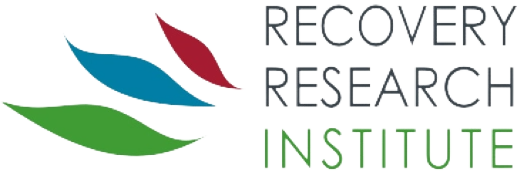- 1. Language matters – it is important how you talk about addiction and recovery
-
Caution needs to be taken, especially when the disorders concerned are heavily stigmatized as substance use disorders are (see Addictionary for more information).
- 2. Ongoing recovery monitoring and management remains important
-
Due to the chronic nature of substance use disorder, the risk of relapse remains elevated even after long periods without symptoms. Remission for substance use disorder occurs at 5 years, which is the point at which the risk for relapse is no greater than that of anyone else in the general population. Continuing care and support for individuals in recovery therefore remains important for years following active addiction, and not just days or months.
- 3. Do not give up hope if you encounter a recurrence of your disorder
-
It can take a while to adapt to the demands of recovery, even after treatment.
- 4. Early intervention results in earlier remission
-
The earlier that substance use disorder is detected and treated, the shorter the time to reach full sustained remission.
- 5. There are many paths to recovery
-
There are several validated treatments; pharmacological, social, and psychological treatments, as well as changing without formal help are all ways people recover successfully. We encourage recovery by any and all means possible.
- 6. There are numerous emerging and growing recovery support services
-
Such as mutual-help organizations (e.g., SMART Recovery, LifeRing, Alcoholics Anonymous/Narcotics Anonymous), sober living homes, recovery community centers, educational supports (e.g., recovery high schools, collegiate recovery programs), alternative peer groups, and clinical models of long-term recovery checkups.
- 7. Families suffer too – they need independent help and objective input
-
Since family systems can become stuck and often isolated, getting outside help can be crucial for breaking negative family dynamics and for navigating the path to recovery. There is often lingering mistrust that takes time to regain. Family members continue to benefit from help for themselves and to help their loved ones effectively.
- 8. Abstinence is not the only way to remission, but it is often the safest
-
Abstinent recovery is associated with greater chances of continued remission over time.
- 9. Substance use disorder is a disorder with a good prognosis
-
Compared to many other medical and psychiatric illnesses, substance use disorder is a disorder with a good prognosis. It is estimated that between 42%-66% of people with substance use disorder achieve full remission, although it can take time to reach that point.
- 10. Mutual-help groups such as AA are empirically supported
-
They may not be for everyone, but research indicates that they are beneficial and cost-effective.

